Psalm 2
1 Why do the nations conspire
and the peoples plot in vain?
2 The kings of the earth rise up
and the rulers band together
against the Lord and against his anointed, saying,
3 “Let us break their chains
and throw off their shackles.”
4 The One enthroned in heaven laughs;
the Lord scoffs at them.
5 He rebukes them in his anger
and terrifies them in his wrath, saying,
6 “I have installed my king
on Zion, my holy mountain.”
On that day, when all the nations of the earth are gathered against her, I will make Jerusalem an immovable rock for all the nations. All who try to move it will injure themselves. (Zechariah 12: 3)
Hamas inflames the region by creating a media spin—an apparent state of emergency to establish a “people’s army” for “the battle for Jerusalem—” a “holy mission” requiring thousands of combatants.
By Shlomi Eldar via Al-Monitor’s Israel Pulse.
Two conditions are required for the evolvement of an intifada: a grim reality and a guiding hand. Looking back, we can see that in the two previous intifadas, the bleak reality in the territories led to a local uprising that spread; only later on, the guiding hand came into play. It’s that guiding hand that then took over and steered the intifada to its benefit.
The second intifada erupted after then opposition leader Ariel Sharon visited the Temple Mount in September 2000. Once again, the local riots spread quickly; however, it then took the Hamas movement some six months to be the leading command of the violent incidents.
In 2014, reams of information have been written in articles, research reports and intelligence assessments on the despair and hopelessness that have led to the current round of violence between Israelis and Palestinians. And even if some in the Israeli defense establishment believe that it’s still too early to classify the recent bloody events as a third intifada, it is already clear that the guiding hand calling for and inciting to violence and terrorist attacks is, once again, the Hamas movement.
The desire of Hamas leaders to ignite the West Bank and fan the flames of the uprising in East Jerusalem is no secret. The calls on the Palestinians to launch a third intifada are openly made during prayers in the mosques, as well as by media channels affiliated with Hamas. In addition, intensive activity has been going on in the field. While, so far, it has apparently not been aimed at setting up terrorist cells designed to carry out attacks, the Palestinians are encouraged and urged to clash with the Israeli security forces and set out on independent terrorist attacks.
The Hamas methods of operation were anticipated by the Palestinian security apparatuses a year ago already. According to a report submitted in December 2013 to PA President Mahmoud Abbas by the PA adviser for security affairs, Gen. Tawfiq Tirawi, officials in the Palestinian security apparatuses warned that the failure of the peace talks between Israel and the Palestinians would push Hamas into trying to ignite the area. The authors of the report evaluated that Hamas would seek to reorganize its military wing in the West Bank and lead to a third intifada. Officials in the Palestinian security apparatuses anticipated that, rather than sending out suicide terrorists — the way Hamas operated during the second intifada — Hamas members would opt for shooting attacks and other independently launched terrorist attacks by individuals acting on their own.
The report’s authors further speculated that this time, Hamas would try to initiate terrorist attacks in Area C, which is under full Israeli civil and security control, and in the environs of Jerusalem, where the Palestinian security apparatuses have no control.
The report, leaked at the time to the Israeli and Palestinian media channels, went largely unnoticed. And this, mainly since it was believed that the report was designed to pressure Israel to make progress in the diplomatic negotiations, and also because its authors failed to specify their sources of information and the rationale of the conclusions drawn. However, these days, given the onslaught of terrorist attacks in Israel, it’s already clear that the authors of the report in the Palestinian security apparatuses accurately anticipated the moves taken by Hamas and the role of the movement as the guiding hand encouraging and fomenting the insurrection.
Hamas’ Al-Aqsa TV and websites associated with the movement, including that of the Hamas military wing, Izz ad-Din al-Qassam Brigades, have been calling on the Palestinians for months now to get out and defend the sanctity of the Temple Mount, in the face of its “desecration” by Jewish right-wing activists. The Temple Mount has become an effective tool of intimidation in the Hamas propaganda, which presents an alarming picture of the catastrophic acts planned by Israel on the Temple Mount, liable to culminate in the destruction of Al-Aqsa Mosque.
During the “Day of Rage” events in Gaza on Oct. 31, the deputy head of Hamas’ political bureau, Ismail Haniyeh, addressed the demonstrating crowds. He told the rioters that the Jews planned to destroy the Temple Mount and that it was the duty of the Palestinians to thwart the plot. “The Israeli enemy has entered a very dangerous stage in the implementation of its plans against the sacred mosque,” Haniyeh warned.
Hamas leader Khaled Meshaal made no secret of the movement’s goals in an interview Nov. 9 with the Qatari newspaper Al-Sharq. Meshaal said: “In view of the settlements and the attempt to Judaize Jerusalem, there is no place for calm. We will foil the scheme through resistance and by calling for an uprising against the occupation.”
The “calling for an uprising” by Hamas was actually made even before Operation Protective Edge. But the tone and intensity of the calls heightened following the operation, because of the frustration of the Hamas leaders at the outcome of the fighting and the situation of the movement, which was still mired in dire straits. On Oct. 25, Mahmoud al-Zahar, one of Hamas’ senior figures in Gaza, called for escalation and confrontation with the “occupation forces,” saying that the Palestinians in the West Bank have to struggle on two fronts — with the Israeli army forces and the Palestinian security forces. In his opinion, the security coordination between the two prevents further escalation of the intifada.
These statements corroborate as well the assessment by the Palestinian security apparatuses in the said report that Hamas will focus its activities in the areas outside the jurisdiction of the PA.
The attempt by Hamas to inflame the area and create an apparent state of emergency — which would rally the Palestinians — is further reflected in the declaration of the Izz ad-Din al-Qassam Brigades announcing the establishment of a “people’s army” in anticipation of the battle for Jerusalem. Mohammed Abu Askar, a senior Hamas military wing officer, proclaimed at the Jabaliya refugee camp on Nov. 7 that Hamas is recruiting 2,500 combatants for the “holy mission.”
However, as it has turned out, the so-called people’s army is no more than a media spin. Israeli defense officials have claimed that there are no signs whatsoever of the establishment of such a popular army. In other words, this seems to be an imaginary public relations army — yet another ploy aimed at creating a sense of a religious emergency situation — that obliges all devout Palestinian believers to join on behalf of the rescue operation.
Meanwhile, this news from the Temple Institute in Jerusalem: “Tens of Jews arrived at the Mughrabi Gate in order to ascend the Temple Mount in honor of former Chief Rabbi Shlomo Goren, who passed away 20 years ago this week.
“The Worshipers were compelled to wait for an extended time as the police were only allowing ten Jews onto the Mount at a time. Because of this, many Jews who arrived were not able so ascend.
“The current limitation being imposed on the numbers of Jews on the Temple Mount has raised suspicions among activists that this is a direct result of the recent meetings between Prime Minister Netanyahu and King Abdullah of Jordan.”

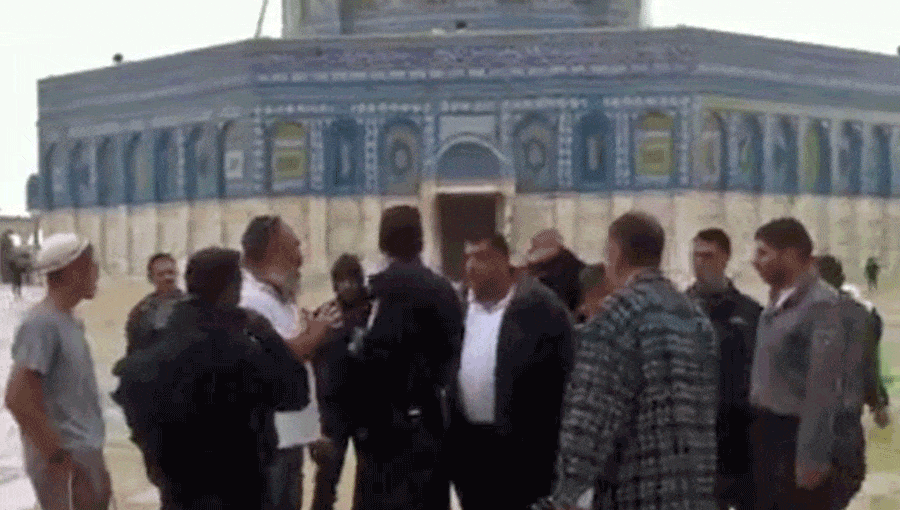
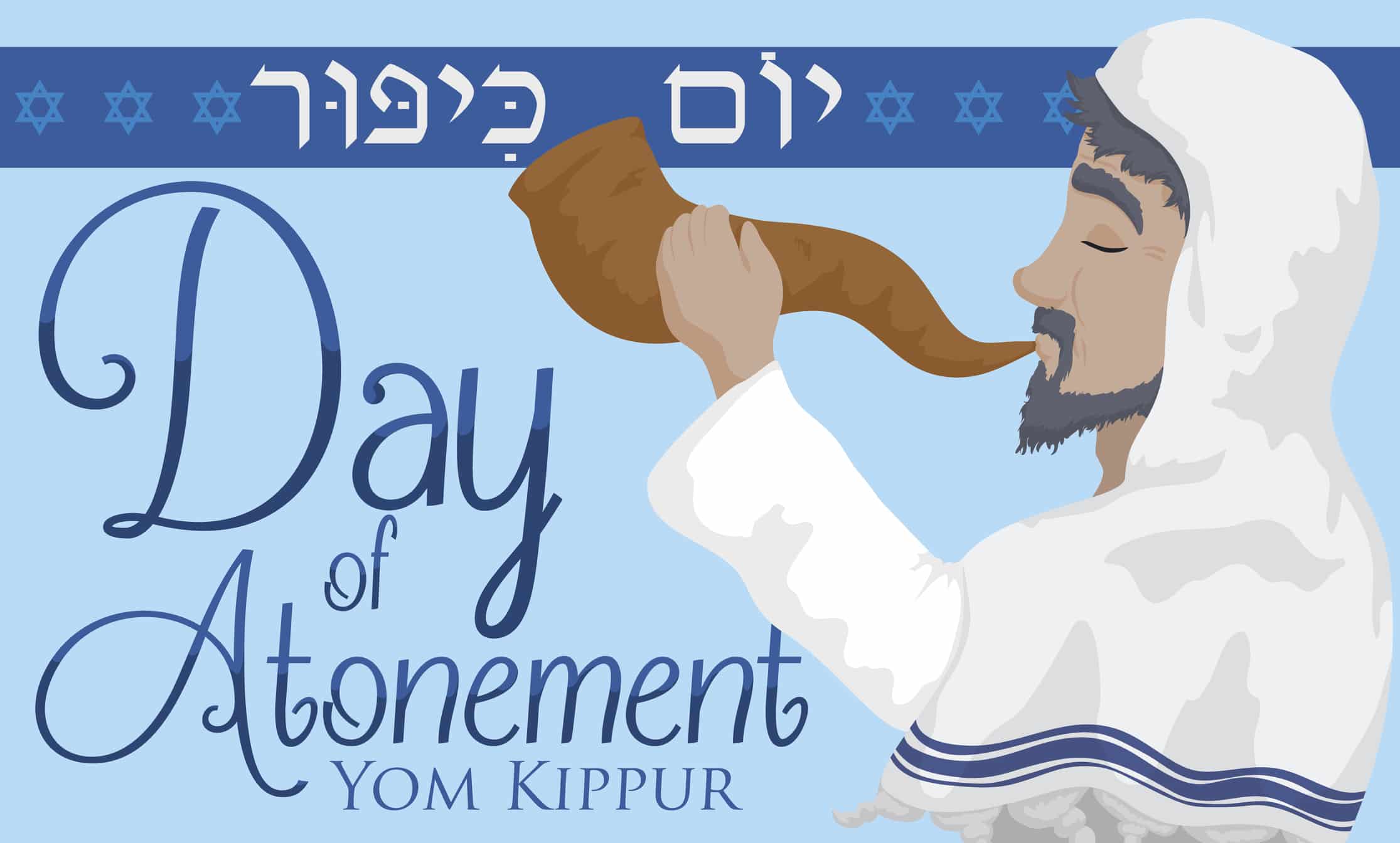
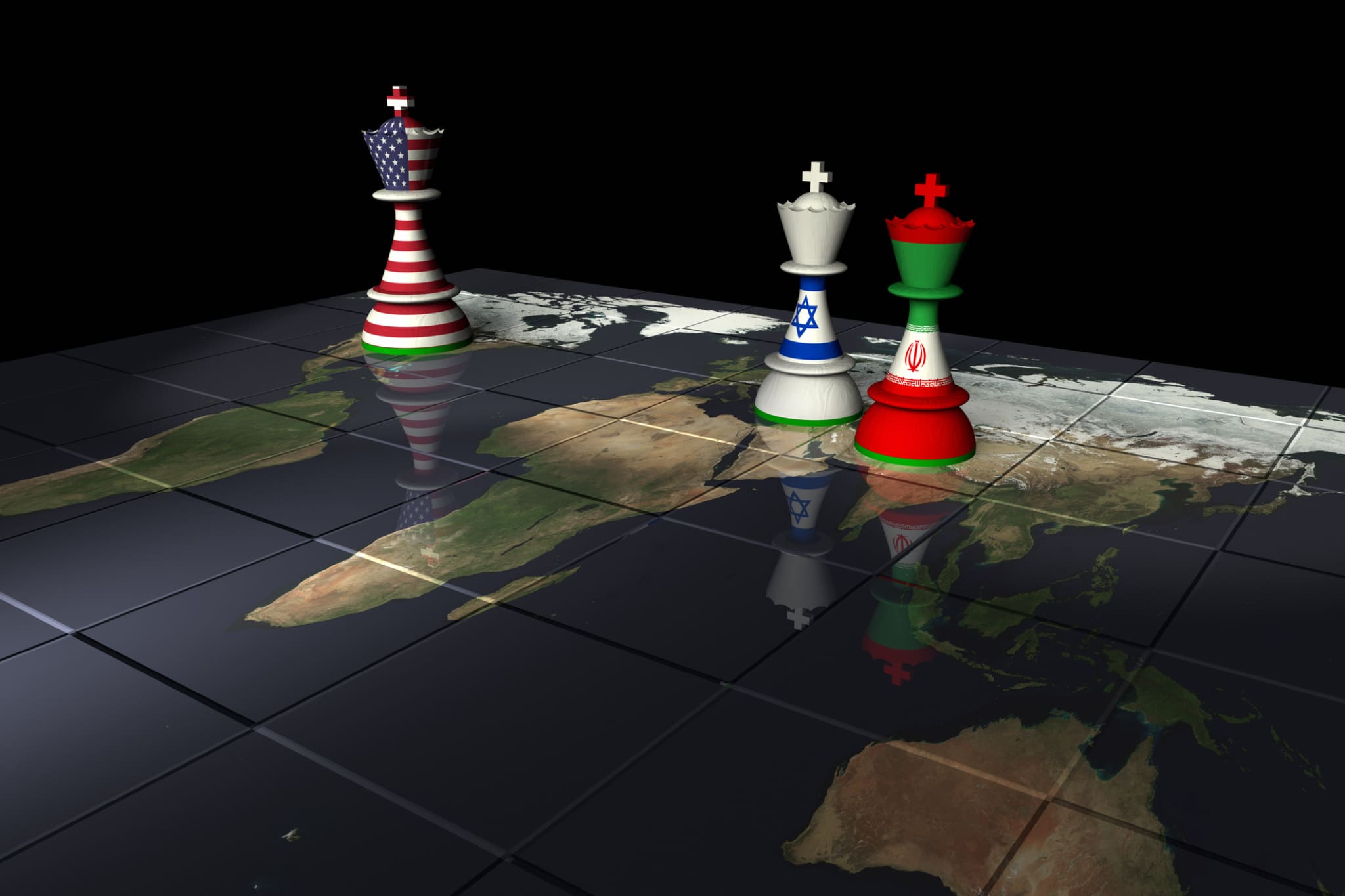
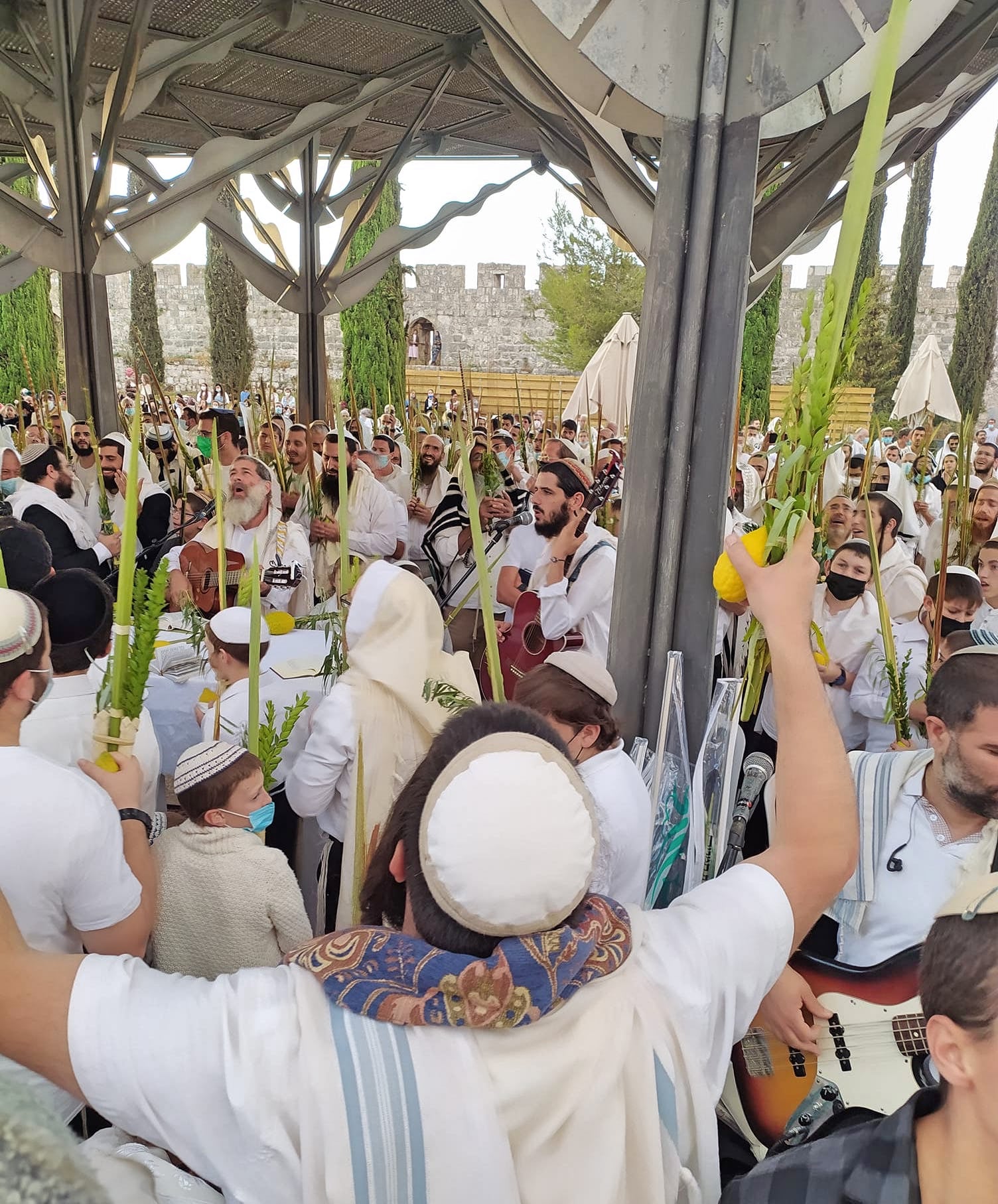
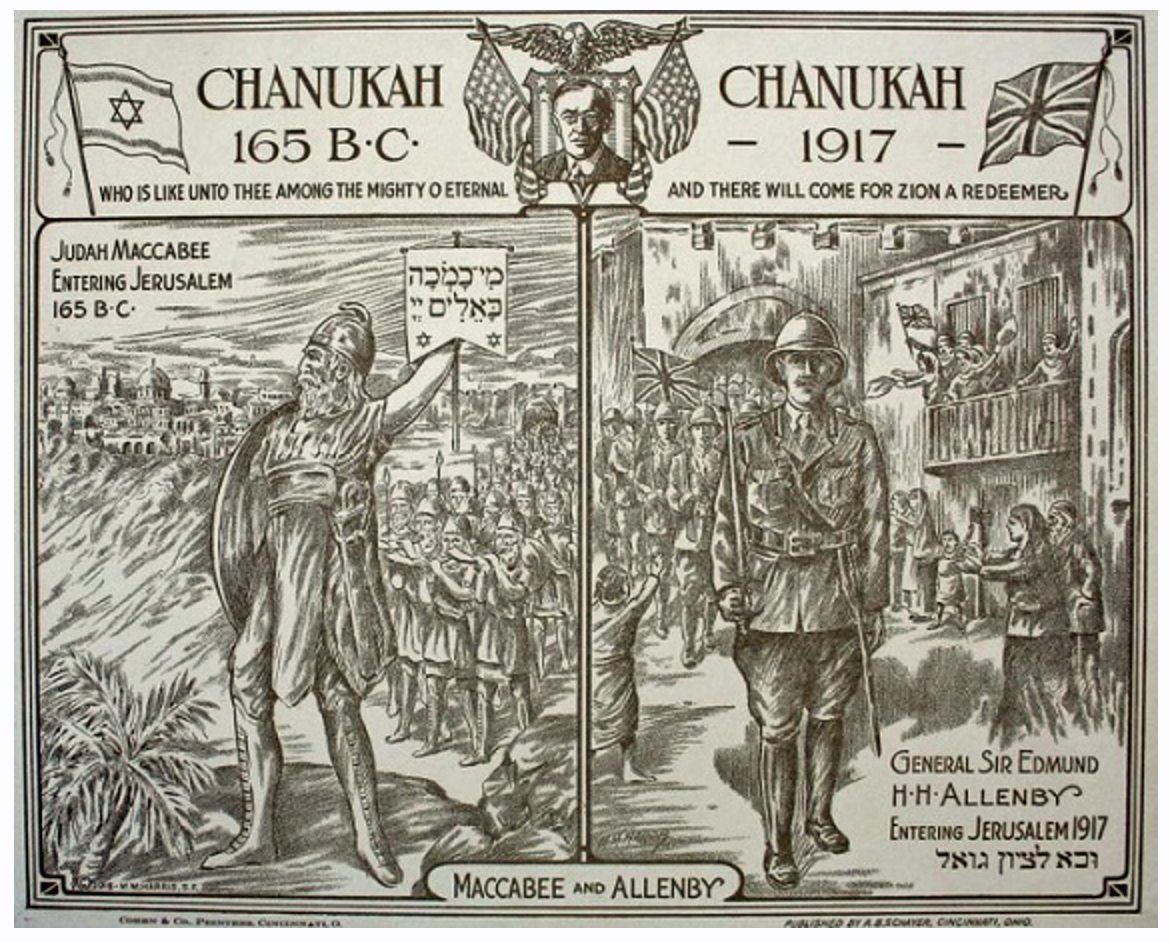

Leave A Comment